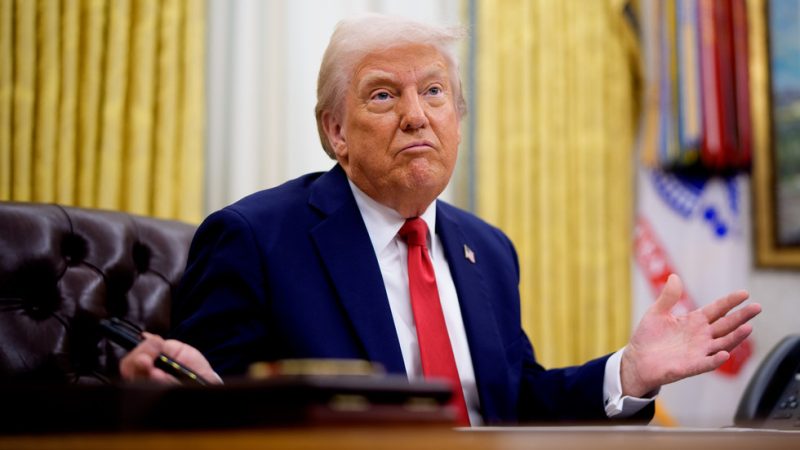
President Donald Trump recently issued a stark warning to the American people: his promised ‘economic revolution’ won’t be a walk in the park. He acknowledged that achieving his ambitious goals will require significant sacrifices, a message that’s sure to spark debate and discussion across the nation.
This isn’t the first time Trump has hinted at the potential difficulties ahead. His administration has consistently championed policies aimed at revitalizing American industry and strengthening the economy, often emphasizing protectionist measures and deregulation. However, the president’s latest statement underscores a willingness to confront the potential downsides of these policies, a departure from previous pronouncements that often painted a picture of effortless prosperity.
The specifics of what sacrifices Americans might face remain unclear. However, considering the administration’s focus on renegotiating trade deals and imposing tariffs, it’s plausible that consumers could see increased prices on certain goods. Similarly, depending on the implementation of regulatory changes, some sectors of the economy may experience short-term disruptions or job losses before any potential long-term benefits are realized. The administration’s emphasis on infrastructure spending could also lead to increased taxes or other forms of public investment.
The president’s admission that the path ahead won’t be easy raises several crucial questions. What specific sacrifices are being demanded of the American people? How will the administration ensure that the benefits of its economic policies outweigh the costs? And, perhaps most importantly, how will the administration measure the success or failure of its economic agenda in light of these acknowledged sacrifices?
The coming months will likely provide further clarity on the nature of these impending economic adjustments. The president’s candid acknowledgment, however, is a significant development, shifting the narrative from one of effortless prosperity to one of potential hardship and requiring a more nuanced and critical assessment of the administration’s economic policies.









